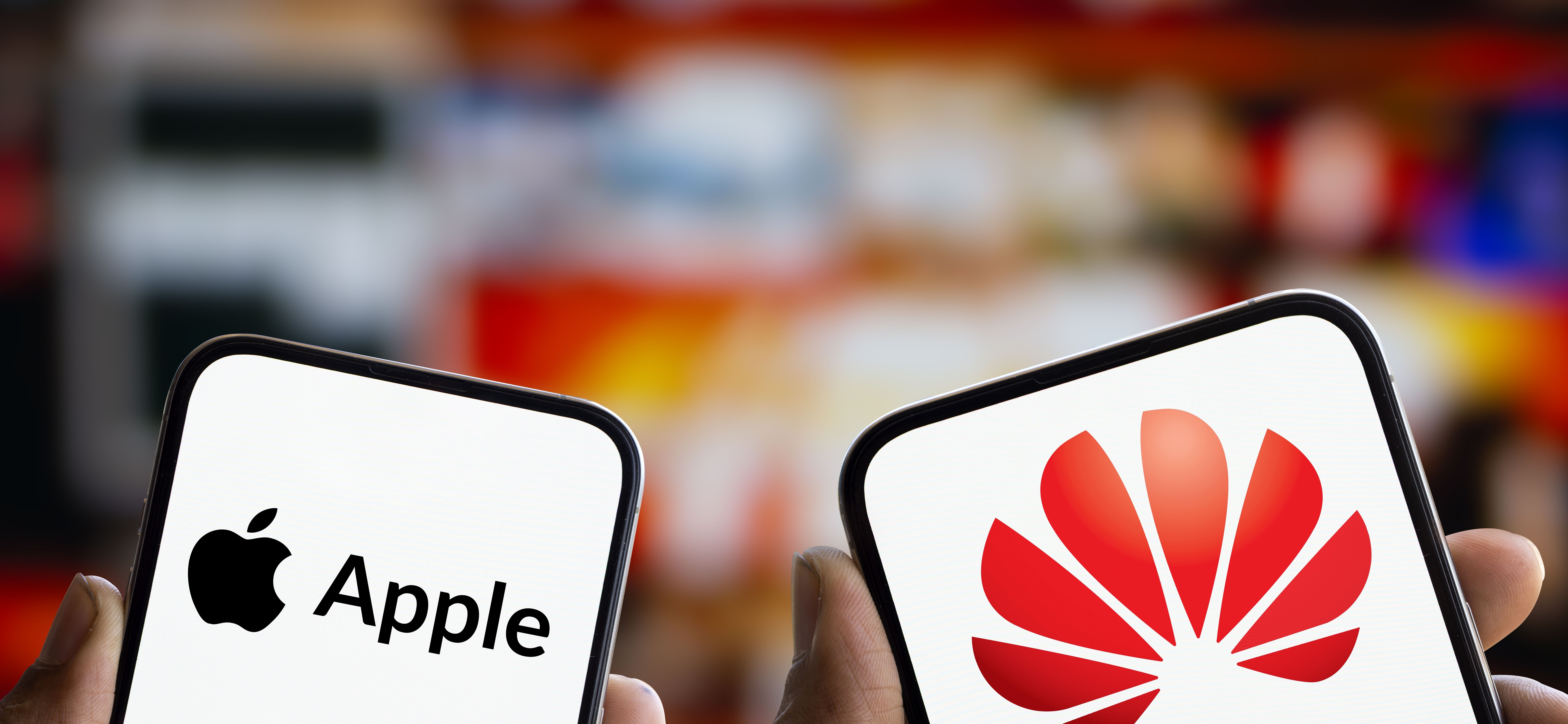Menu
eSIM the winner as handset makers face off

In a dramatic week for mobile technology, both Apple and Huawei have unveiled new products to vie for dominance in the smartphone market. Samsung, Google, and others have also been busy with new launches this summer.
While much analysis has focused on each of the big OEMs’ latest AI capabilities, there’s also an important, albeit less visible, trend: the collective push towards incorporating eSIM technology as a significant component of the mobile future.
Another round of Apple vs. Huawei
Huawei’s decision to announce a new product on the same day as Apple’s latest iPhone 16 release continues their long-running rivalry. Huawei’s Mate XT, a groundbreaking tri-fold smartphone, garnered 3 million pre-orders from Chinese consumers before its launch, showcasing strong local demand. Apple’s iPhone 16 launch saw mixed reactions, with shares initially dropping before rebounding, signaling that some new features may not have met high expectations.
Apple’s iPhones have included eSIM support since 2018, with the new iPhone 16 models continuing this trend, including eSIM-only options in the US market. Huawei, which has recently introduced eSIM functionality with the Mate XR, is catching up after being slower to adopt it.
Google and Samsung lead on AI
Google and Samsung have made significant AI strides in recent weeks, intensifying the competition among the 4 mobile giants. Google has leveraged its AI prowess to enhance various aspects of its ecosystem, from improving Google Assistant to adding new features in its Pixel lineup. Samsung has showcased AI advancements in the shape of new camera functionalities and added performance.
Google and Samsung’s eSIM story echoes the Apple/Huawei comparison, with Google being the first in the world to release an eSIM-enabled mobile device, the Pixel 2, in 2017. Google has embraced eSIM ever since, aligning with Apple’s strategy of making it a standard feature. And just like Huawei, Samsung has also integrated eSIM into its high-end models, such as the Galaxy S and Note series, and is gradually expanding its support to other device tiers.
The rise and rise of eSIM
All big mobile handset brands are embracing the rise of eSIM technology, a trend that has been steadily gaining momentum over recent years.
In April 2023, there were 82 eSIM-capable smartphone models, surging to 169 by April 2024—a 106% year-on-year increase.
According to the GSMA, there were approximately 1.2 billion eSIM connections globally in 2021, with smartphones accounting for about 850 million. This number is projected to rise to 3.4 billion by next year, with eSIM technology expected to represent between 25% and 40% of global smartphone connections.
And while handset manufacturers are supporting adoption, 98% of operators are also expected to be offering eSIM services by 2025.
Kaleido Insights predicts that by 2025, eSIM adoption will drive a significant shift in consumer preferences, with a substantial increase in eSIM-enabled devices and services.
eSIM domination is here to stay
Regardless of ongoing debates about the best apps, camera resolutions, or battery life, the transition from pSIM to eSIM is clear.
With increasing adoption across smartphones and other devices, eSIM is the ascendant standard for mobile connectivity.
This shift provides consumers with more flexibility and is transforming the industry. Whether users are drawn to Huawei’s bold designs, Apple’s cutting-edge features, or the innovations of other leading manufacturers, the future of mobile network service enablement is undeniably digital.



